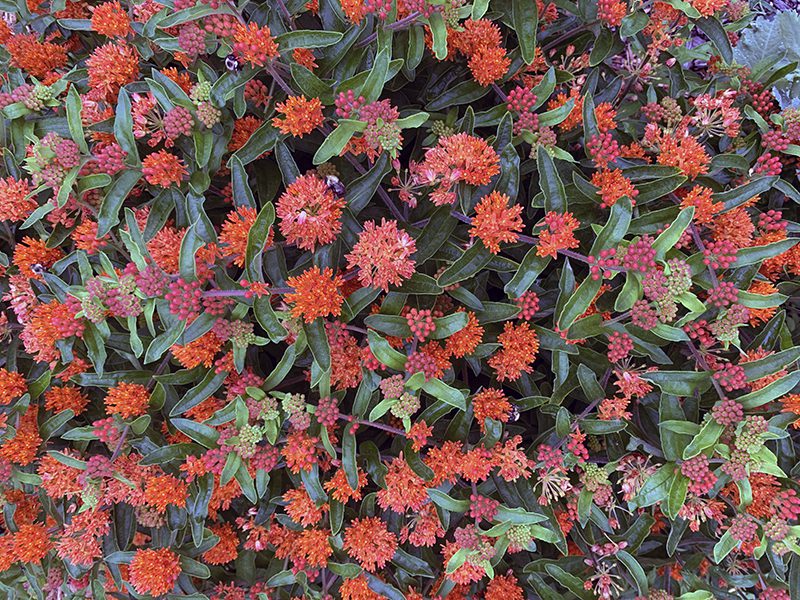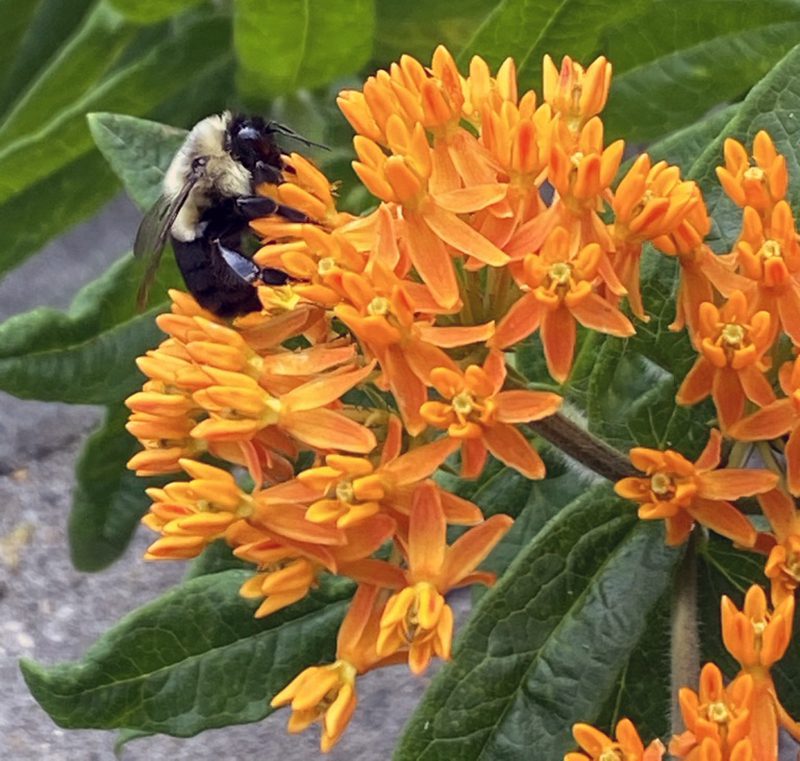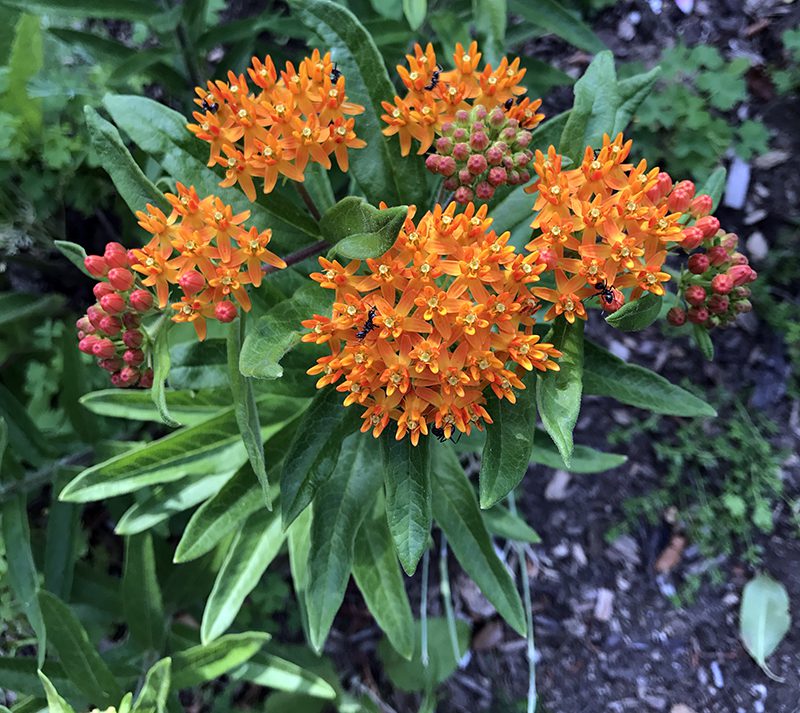Notable Natives: Asclepias tuberosa
Notable Natives: Asclepias tuberosa
What’s making gardeners, butterfly lovers and plant people happy in July? Butterfly weed! This plant, Asclepias tuberosa, is native to this area, grows well in sandy soils and is one of the main support plants for the monarch butterfly. The attributes of this perennial just go on and on, which is why it’s making us smile in July.
Did you know, for example, that the flower buds, shoots and stems of this plant were a part of several native American’s traditional diets? The fibers in the stems were once used used in ropes or cloth, and the plant has been used in traditional medicines for centuries. But beyond those historical uses, what makes us happy is how easy the plant is to grow.

Because this plant grows in sandy soils and doesn’t need frequent irrigation, it’s the perfect perennial to combine with false indigo (Baptisia australis) for early summer flowering, goldenrod for late summer blooms (Solidago sp.) and bearberry (Arctostaphylos uva-ursi) for evergreen ground cover.
Butterfly weed gently self seeds in the garden, so be on the lookout for the young plants. Their bright July flowers can bring the most boring pastel flowerbed to life, and they stand up to the mid-summer heat and strong sunlight.


Asclepias tuberosa plants grow to between twelve inches to thirty inches high. They require at least five hours of dead-on sun, preferably including the noon hour when the sun is strongest.
Tips for success with this plant: Do not water this perennial frequently. Like most perennial plants, these do well with a deep soaking once a week. When in doubt, know that less is more for this plant. Also, do not fertilize. These perennials thrive on a lean diet. Finally, combine these with other perennials or shrubs that don’t need frequent irrigation. They are perfect for adding color to Green Mound Junipers, creeping phlox or wooly thyme, for example.

Subscribe To Our Newsletter
Sign up for our weekly email about sales and events.
